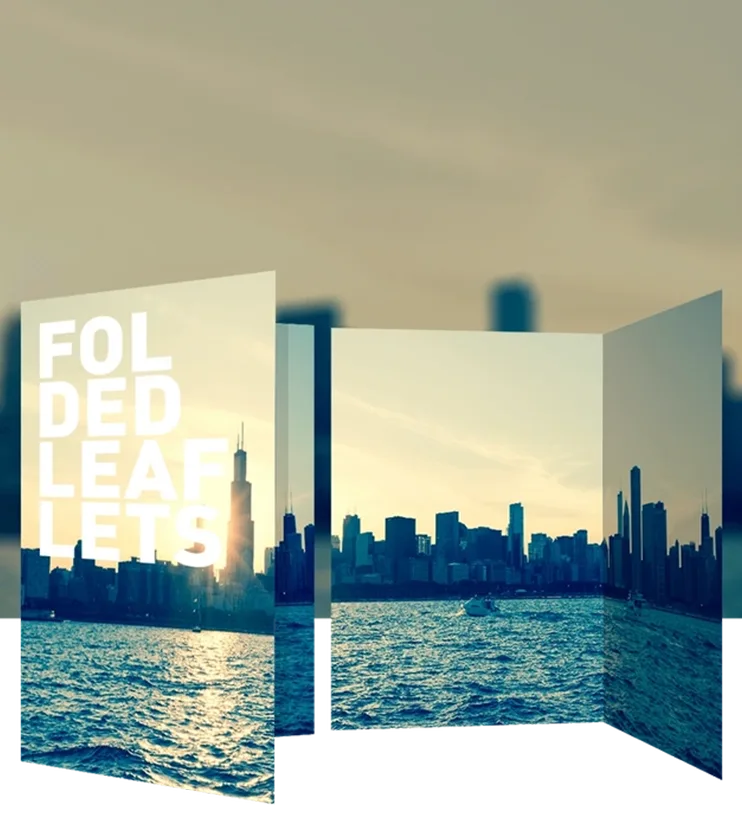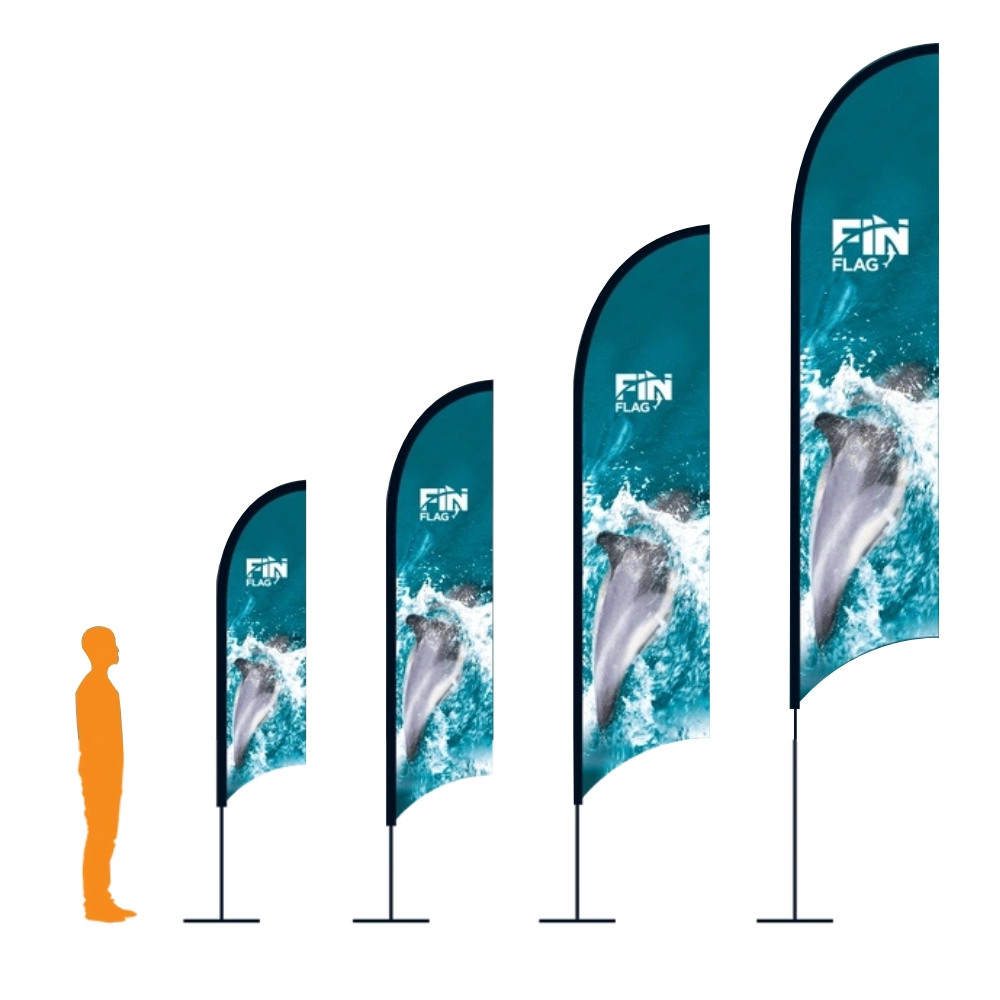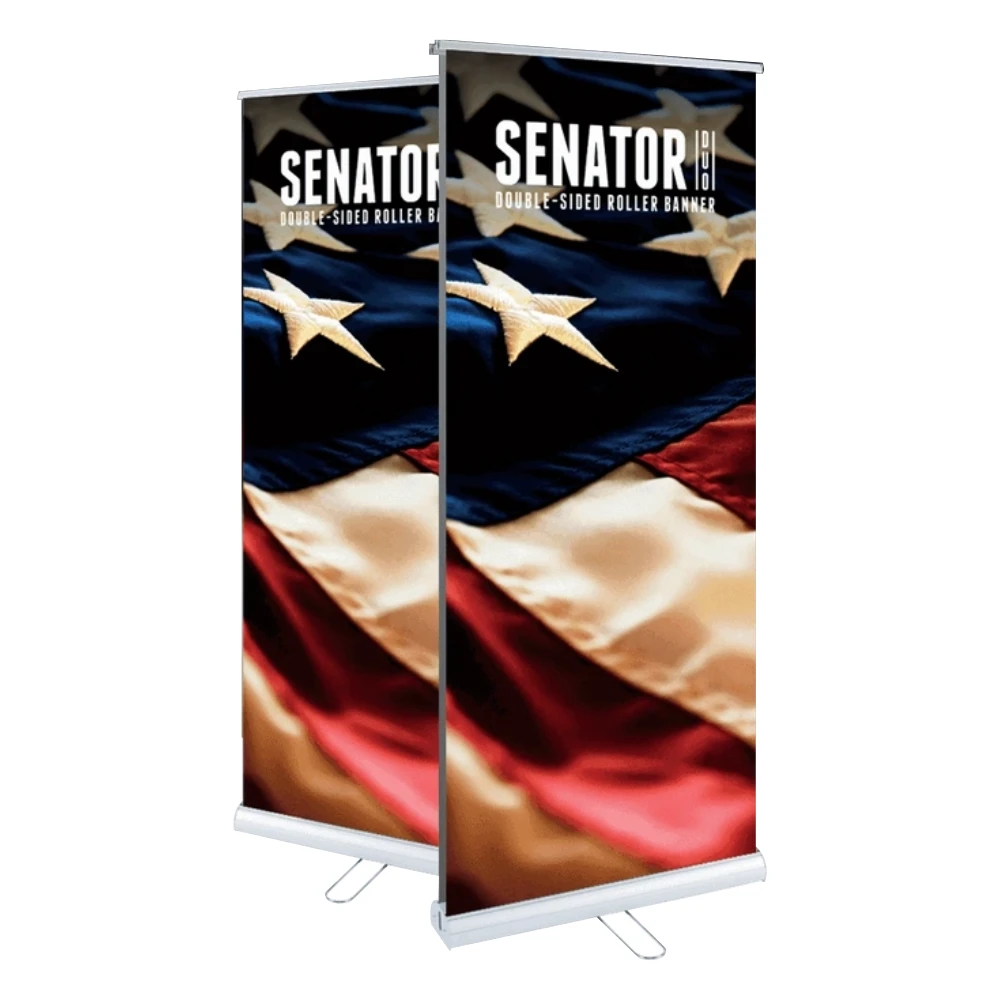Wine Lists
In the world of wine, presentation matters just as much as the wine itself. A well-designed wine list can captivate and engage guests, setting the tone for an exceptional dining experience. From layout and organization to typography and imagery, every aspect of wine list design plays a vital role in guiding and enticing patrons.

Make Your Message Stand Out with our Eye-Catching Wine Lists
Visual Hierarchy:
A well-designed wine list should have a clear visual hierarchy that guides the reader's attention. Use headings, subheadings, and section dividers to categorize wines by type (red, white, rosé), region, or flavor profile. Consider employing different font sizes, weights, or colors to differentiate sections and make it easy for guests to navigate through the list.
Typography and Layout:
Choose fonts that are legible and reflect the atmosphere of your establishment. Consider using a combination of serif and sans-serif fonts for headings and body text, respectively, to create visual contrast. Pay attention to font size and spacing to ensure readability, especially in low-light environments. Use ample whitespace and clear alignment to create a sense of elegance and organization.
Imagery and Graphics:
Incorporating imagery and graphics can elevate the visual appeal of your wine list. Feature high-quality photographs or illustrations of wine bottles, vineyards, or wine-related scenes to add visual interest. Be mindful of the overall aesthetic and ensure that the images align with your establishment's style and concept.
Wine Descriptions:
Craft concise and engaging wine descriptions that capture the essence of each wine. Use evocative language to describe flavor profiles, aromas, and characteristics. Consider incorporating sensory cues and vivid descriptors to entice guests and pique their curiosity. Display the wine name, producer, grape varietals, and region prominently to provide essential information at a glance.
Organisational Structure:
Arrange your wine list in a logical and intuitive manner. Consider grouping wines by style or varietal, organizing them from lightest to fullest-bodied or by region. Use columns or grids to present the information in a clean and structured format. Avoid overcrowding the page, and ensure sufficient spacing between wines for easy reading and comprehension.
Special Features and Highlights:
Highlight special features, such as rare vintages, limited releases, or wines with notable accolades, to create a sense of exclusivity and excitement. Use visual cues, such as icons or borders, to draw attention to these selections. Incorporate symbols to indicate wine characteristics like organic, biodynamic, or vegan options, catering to guests with specific preferences.
Digital Integration:
In the era of technology, consider offering a digital version of your wine list. Create a user-friendly and responsive website or mobile application that allows guests to browse through the wine selection with ease. Utilize interactive features, such as search filters, sorting options, and recommended pairings, to enhance the user experience and provide personalized recommendations.
Conclusion:
The design of a wine list goes beyond aesthetics; it influences the overall wine experience for guests. By implementing thoughtful visual hierarchy, typography, imagery, and an organized structure, you can create a visually appealing and user-friendly wine list that complements the wine selection and enhances the dining ambiance. Remember to align the design with your establishment's style and concept.
Browse Similar Ranges

MENUS
Menus are an essential part of any restaurant or dining establishment. They are the primary way that customers can view the food and beverage options available to them.

LABELS
Labels are an essential part of modern life. From food packaging to clothing tags, from medicine bottles to electronic devices. They show important information to consumers about the products they are using.

BROCHURES
Brochures are an effective marketing tool used by businesses to promote their products or services. A well-designed brochure can attract attention, build interest, and encourage potential customers to take action.



